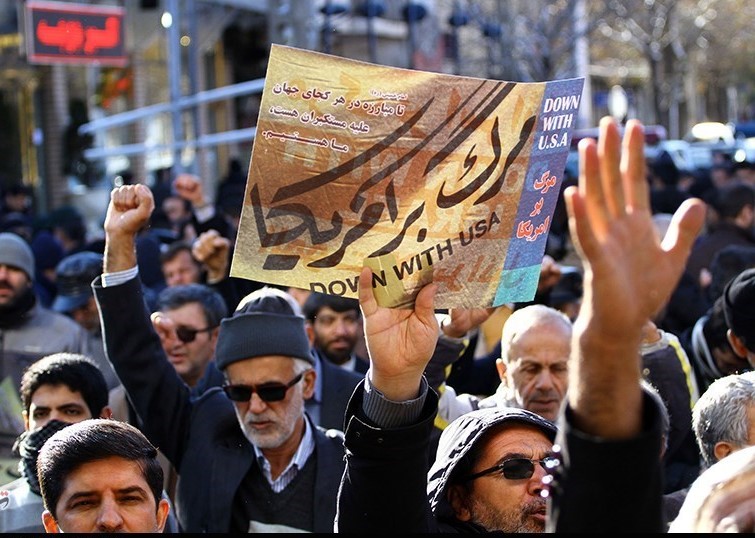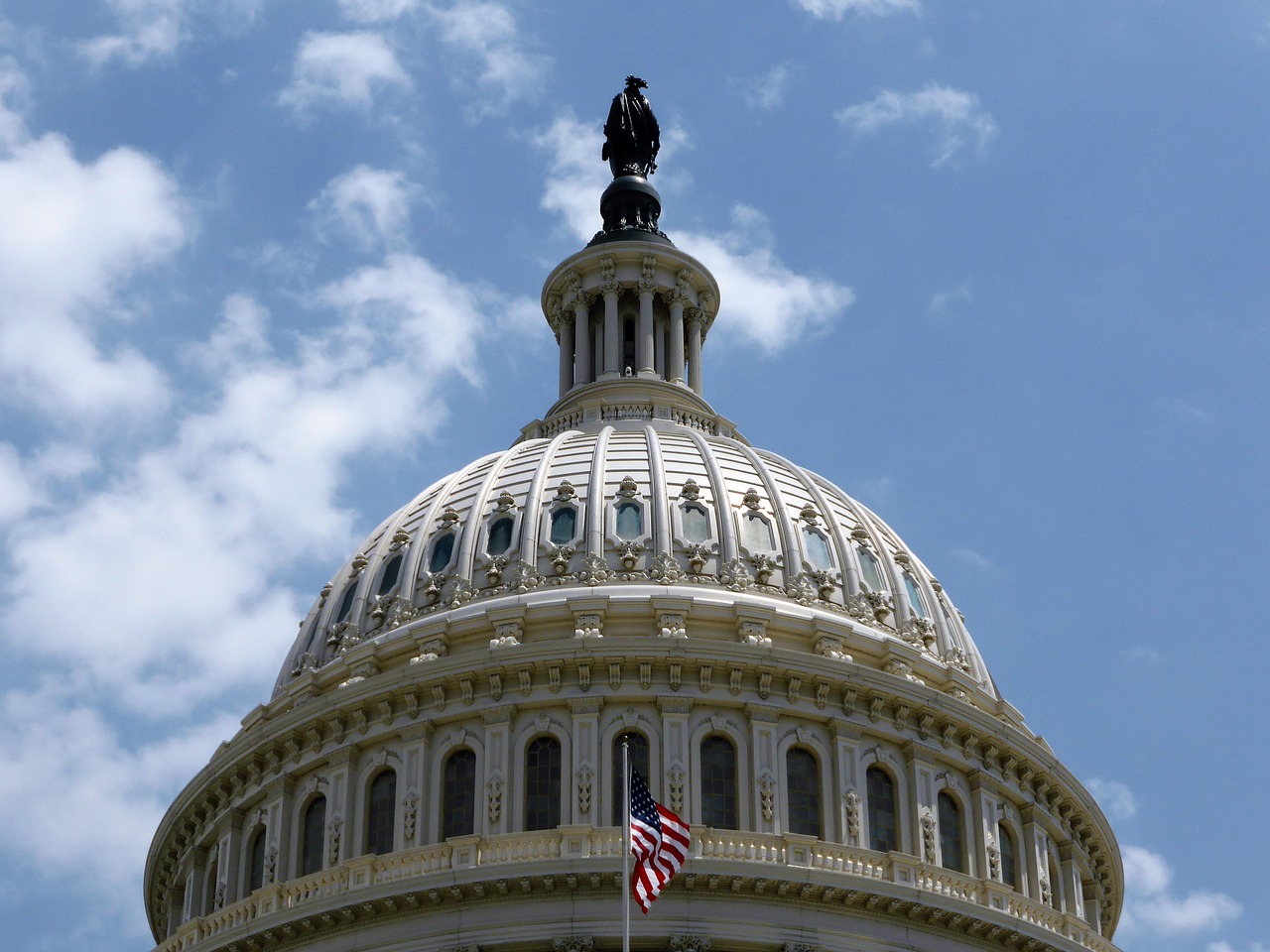Analysis: Breaking Down the Gaza Controversy
On Monday, the U.S. embassy was officially relocated from Tel Aviv to Jerusalem – a deeply controversial move that has deepened the conflict between Israelis and Palestinians.
The Nakba
The embassy ceremony opened during annual demonstrations in Gaza marking the Nakba – or Catastrophe – which commemorates the 750,000 Palestinians who were expelled or fled from their homes after Israel’s creation on May 15, 1948. This year marked the 70th anniversary of those refugees displaced – now numbering 7 million.
On Monday, Israeli forces killed at least 60 Palestinian protestors and injured at least 2,700 according to Gaza’s health ministry. Among the dead were eight children under the age of sixteen and an 8-month-old, who died after inhaling tear gas. On Tuesday, at least two more protestors died near the border from Israeli gunfire.
International Response
Internationally there has been widespread condemnation for the violence. A spokesperson for the UK’s prime minister, Theresa May, stated that she was, “deeply troubled,” by Israel’s use of live fire and, “the scale of violence.” Ireland summoned Israel’s ambassador to express outrage at the deaths but did not expel the ambassador. The French president, Emmanuel Macron, stated that he condemned the, “violence against protestors,” and expressed, again, his criticism of the decision to move the embassy to Jerusalem.
Canada’s prime minister, Justin Trudeau, released a statement condemning the, “use of excessive force and live ammunition,” and called for an independent investigation to examine how a Canadian doctor, Dr. Tarek Loubani, was injured while tending to the wounded. Loubani stated that he was wearing a green surgeon’s outfit, and was standing with orange-vested paramedics about 25 meters from the protesters when he was shot in both legs. An additional 16 paramedics were injured, and the doctor who helped Loubani, Musa Abuhassanin, was killed by gunfire.
The UN Security Council drafted a statement on Monday calling for an independent investigation looking into the deaths of the Palestinians, but the U.S blocked the resolution.
Furthermore, Nikki Haley, the U.S. Ambassador to the UN, defended Israel by asking the UN members, “who among us would accept this type of activity on your border? No one would.” She also stated, “no country in this chamber would act with more restraint than Israel has. In fact, the records of several countries here today suggest they would be much less restrained.” Haley then walked out of the chamber when the Palestinian Ambassador to the UN, Riyad Mansour, began to speak to the council.
Israel’s prime minister, Benjamin Netanyahu, stated that the military was firing in self-defense against Hamas, and Danny Danon, the Israeli Ambassador to the UN, argued that the protestors were, “the latest in a series of Palestinian violence against Israel.”
Hamas
Israel has accused Hamas of using the protests to carry out violent attacks against the nation. However, Ahmad Abu Artema has been credited with starting the demonstrations, and he has claimed to have no affiliations with Hamas; furthermore, in an interview in Gaza, he stated that he wishes for an end to apartheid in Israel and, “to live with Israelis.”
A senior Hamas official, Salah Bardawil, claimed that 50 of the protestors killed were members of Hamas, which Israel argued demonstrated that the protests were not peaceful. However, Bardawil did not expand on if the 50 were armed fighters or regular members, and the number was not verified. Hamas has both a political and military faction in Gaza, and the group has stated that its members entered the protests unarmed.
Jerusalem
Jerusalem is a holy site for Jews, Muslims, and Christians; Israel claims the entirety of Jerusalem as its capital, however, Palestinians have long viewed Eastern Jerusalem as the capital of their future state. In addition, the new embassy will cut across the 1949 Armistice Agreement Lines, and into the Palestinian territory of East Jerusalem.

However, this is not a new development. In 1980 Israel passed the Jerusalem Law which formalized its 1967 annexation of East Jerusalem – which is considered illegal under international law – and has been allowing settlers into the territory since then. In addition, the day before the US embassy was set to be moved, tens of thousands of Israeli settlers marched around the Old City during an annual event called Jerusalem Day that commemorates the 1967 annexation of East Jerusalem.
In December 2017, Donald Trump defied the global community – and past American foreign policy – by, “officially [recognizing] Jerusalem as the capital of Israel,” during a speech at the White House. Trump also stated that his announcement demonstrated, “the beginning of a new approach to the conflict between Israel and the Palestinians.”
In 1995, Congress passed a law requiring the US embassy to move from Tel Aviv to Jerusalem by 1999; however, past U.S. presidents have signed waivers to delay the move, in order to preserve the peace talks. However, Trump’s decision to recognize Jerusalem as Israel’s capital was condemned internationally, and rejected by a majority in the United Nations General Assembly. In addition, a spokesperson for the Palestinian President, Mahmoud Abbas, stated that the embassy move ruled out the U.S as a mediator during the peace talk process.




